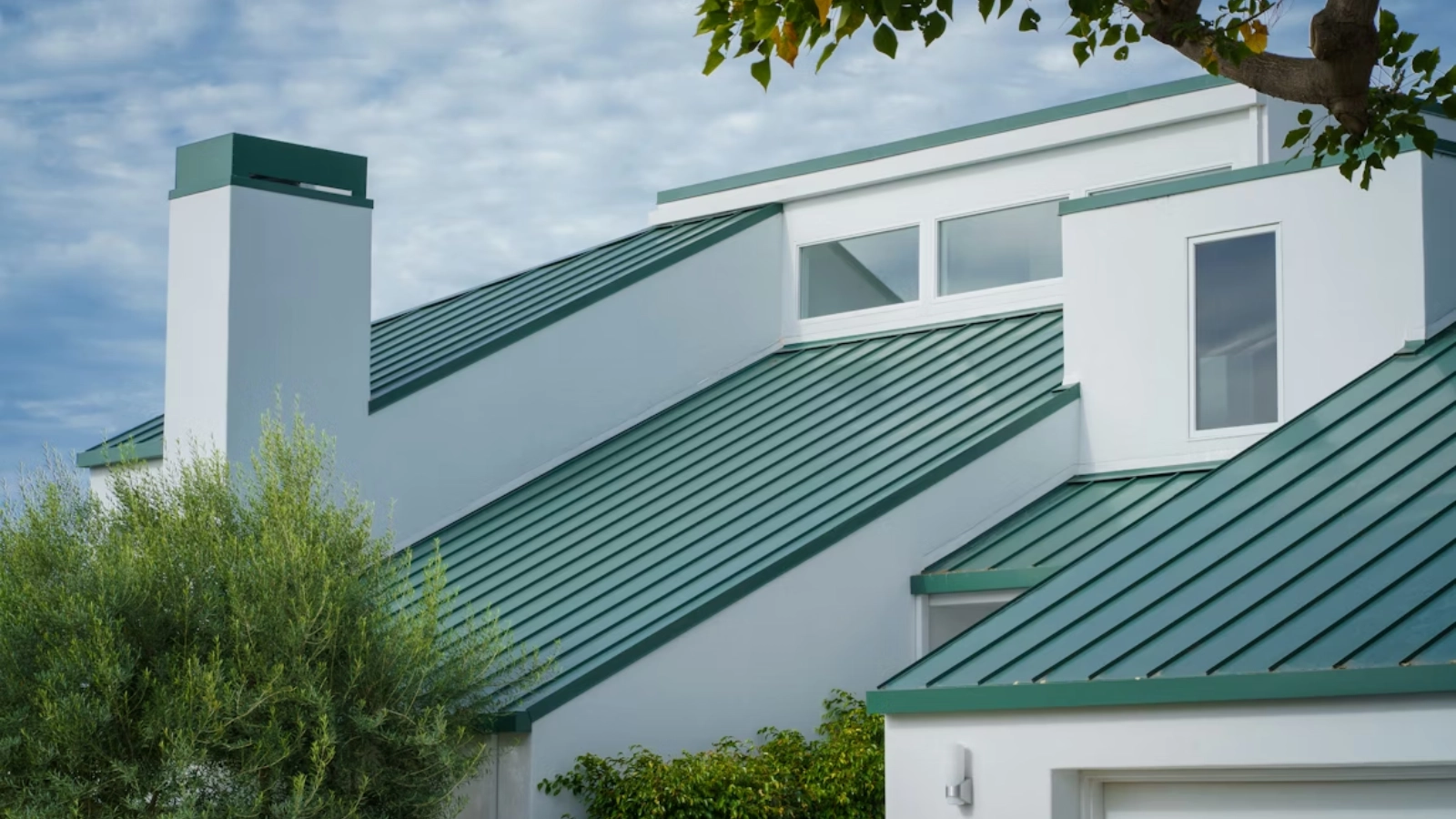Single glazed glass remains a foundational choice for many properties, prized for its simplicity, affordability and timeless clarity. Although modern alternatives offer improved thermal and acoustic performance, single glazed windows continue to feature in heritage buildings and cost-sensitive installations. In this guide, we explore everything you need to know: from its construction and historic significance to practical benefits, limitations and how to source the right product. Whether specifying new installation or considering an upgrade, you’ll gain a thorough understanding of single glazed glass and its role within today’s glazing landscape.
Understanding Single Glazed Glass
Definition and Composition
Single glazed glass is simply a solitary pane of float or crown glass set within a frame, typically 4–6 mm thick. This straightforward assembly involves minimal components—just the glass pane, glazing bead and sealant—making it lightweight and easy to install. Because there’s no secondary pane or gas fill, heat transfer and sound insulation are limited to the inherent properties of the glass. Many producers, including leading single glazed glass manufacturers, still offer bespoke shapes and coatings, ensuring flexibility even within this basic format.
Historical Context
Historically, single glazing was the only method available until the 1930s, when double glazing emerged. Early panes were hand-blown and featured irregularities, but the advent of float glass in the 1950s transformed uniformity and quality. Throughout Victorian and Edwardian eras, single-pane windows dominated domestic and commercial architecture. Many conservation projects now specify single glazed windows to maintain authentic period aesthetics, balancing heritage preservation with modern performance needs.
Benefits of Single Glazed Glass
Light Transmission
One of the primary advantages of single glazed glass is its exceptional clarity. With only one layer to impede light, it maximises natural illumination—ideal for rooms that benefit from airy, open atmospheres. Designers often specify it in south-facing facades or skylights where passive solar gain and brightness are priorities. In applications where uncompromised daylighting is vital—studios, conservatories or display cases—single glazing offers unrivalled transparency and minimal visual distortion.
Cost-Effectiveness
Affordability remains a key driver for choosing single glazed windows. Production and installation costs are significantly lower than double or triple glazing, making it budget-friendly for large-scale refurbishments or secondary structures like sheds and outbuildings. For property owners facing tight budgets, the reduced material and labour expenses often outweigh the drawbacks in thermal performance. It’s also simpler to replace individual panes in household repairs, further lowering long-term maintenance outlays.
Comparing Single Glazed Windows with Other Glazing Types
Double Glazing Comparison
Double glazing incorporates two glass panes separated by an air or inert-gas gap, offering superior thermal resistance and sound attenuation. While double glazing typically achieves a U-value below 1.4 W/m²K, single glazing hovers around 5.8 W/m²K—meaning more heat loss through the window. Nevertheless, double glazing can cost 30–50 % more upfront. For unheated spaces or where heritage accuracy is paramount, single glazed glass may still be the preferred option despite its lower efficiency.
Triple Glazing Considerations
Triple glazing adds a third pane and two gas-filled cavities, pushing U-values below 0.8 W/m²K. These units are heavier and occupy deeper frames, and they come at a substantial premium. Triple-glazed windows excel in ultra-low-energy developments but are rarely justified for standard domestic refurbishments. By contrast, single glazed windows remain lightweight and slim, preserving architectural proportions and minimising frame depth—attributes particularly valued in historic renovations.
Limitations of Single Glazed Glass
Thermal Performance
The greatest drawback of single glazed glass is its limited insulation. Poor thermal resistance leads to rapid heat transfer, increasing heating demands in colder months and allowing unwanted solar gain during summer. Condensation can also accumulate on internal surfaces when warm moist air meets the cold pane, risking timber decay around frames. In temperate UK climates, this inefficiency can translate into up to 30 % higher energy costs compared with modern double glazing.
Acoustic Insulation
Noise reduction is similarly constrained. Single panes offer minimal sound attenuation, typically around 20 dB, insufficient for busy urban streets or homes near airports. Double glazing can add 5–10 dB of noise reduction, while specialised laminated panes go further still. When peace and quiet are priorities—bedrooms, studies or professional offices—upgrading from single glazed windows to multi-pane units is often recommended.
Applications and Use Cases
Residential Applications
In new build or renovation, single glazing may be specified for non-primary windows—garages, basements or conservatories—where cost savings and daylighting outweigh thermal demands. Homeowners on tight budgets often choose single-pane units for utility areas, balancing functionality with affordability. In mild climates or sheltered locations, single glazed windows can suffice without significant comfort penalties.
Heritage and Conservation
Conservation officers frequently mandate single glazing to maintain period authenticity in listed buildings. Slim sightlines, traditional putty methods and genuine crown-glass appearance are essential for preserving character. Specialist glass suppliers Sudbury and beyond stock mouth-blown and cylinder glass options that replicate 18th- and 19th-century aesthetics, ensuring seamless integration in heritage façades.
Commercial and Decorative Uses
Retail shop fronts, internal partitions and decorative features often favour single glazed glass for its clarity and lightness. Frameless systems showcase merchandise without visual interruption, while decorative acid-etching or sandblasting is easily applied to single panes. In internal offices, single glazing can act as cost-effective screens, enhancing visibility and collaboration while delineating space.
Manufacturing Process of Single Glazed Glass
Raw Material Selection
Manufacturers source high-purity silica sand, soda ash and limestone to produce float glass. Additives control colour, viscosity and optical clarity. Environmental regulations now demand increased cullet (recycled glass) content, reducing energy consumption and carbon emissions. Leading single glazed glass manufacturers monitor batch composition closely to maintain uniformity across production runs.
Cutting, Tempering and Quality Control
Once float-formed and annealed, sheets are cut to size using CNC-controlled cutters for precision. For increased safety, panes can be tempered—heating to around 650 °C then quenching—to yield toughened glass that fragments harmlessly. Quality control involves checking thickness tolerances, visual defects and edge quality. Accredited facilities adhere to BS EN 572 standards, ensuring consistent performance for single glazed units.
Choosing the Right Suppliers
Single Glazed Glass Manufacturer Criteria
When evaluating a single glazed glass manufacturer, consider production capacity, lead times and custom-cutting capabilities. Look for ISO 9001 certification, robust supply chains and the ability to fulfil bespoke orders, from oversized panes to specialty coatings. Transparency on pricing and batch traceability further distinguishes reliable producers.
Glass Suppliers in Sudbury
For local support, glass suppliers Sudbury offer rapid delivery and on-site consultations. Regional suppliers often stock standard sizes and can provide emergency replacements within 24 hours. Check for showroom access to view sample panes, and verify whether installation services are included or subcontracted.
Glass Manufacturers and Suppliers Networks
Nationally, Glass Manufacturers and Suppliers networks bring together multiple fabricators, enabling economies of scale and broader product ranges. Membership of trade associations—such as the Glass and Glazing Federation—signals adherence to industry best practice. Networking also provides access to bulk-purchase discounts and technical expertise.
Working with Specialist Providers
When your project demands precision—whether heritage conservation or bespoke decorative glazing—partnering with specialist providers is essential. Ipswich Glass, a high-quality glass supplier, offers tailored consultancy, on-site surveys and installation oversight. Their decades of experience ensure that each pane of single glazed glass meets both aesthetic and performance specifications. By collaborating early in design, you benefit from expert recommendations on sightlines, glass thickness and sealant selection, avoiding costly on-site alterations later.
Maintenance and Care
Cleaning and Upkeep
Routine cleaning preserves clarity and extends service life. Use a non-abrasive glass cleaner and a microfibre cloth to remove surface contaminants. Avoid acidic solutions that can etch or dull the pane. Inspect seals and glazing beads annually, topping up or replacing sealant where deterioration appears to prevent water ingress and frame damage.
Repairing and Upgrading
Minor scratches can be polished out using cerium-oxide compounds, while more severe damage requires pane replacement. If thermal comfort or noise reduction becomes a priority, consider retrofitting slim-profile double-glazed units into existing frames. Many single glazed glass manufacturers now offer retrofit kits that maintain original sightlines while significantly enhancing performance.
Conclusion
Single glazed glass holds enduring appeal for its simplicity, cost-effectiveness and period authenticity. While it lags behind multi-pane systems in insulation and acoustic properties, its light transmission and aesthetic flexibility remain unmatched in certain contexts. By understanding its benefits and limitations, choosing the right single glazed glass manufacturer and maintaining your panes diligently, you can ensure a long-lasting, visually appealing installation. Whether for new builds or conservation projects, this guide equips you with the knowledge to specify, source and care for single glazed glass with confidence.

















